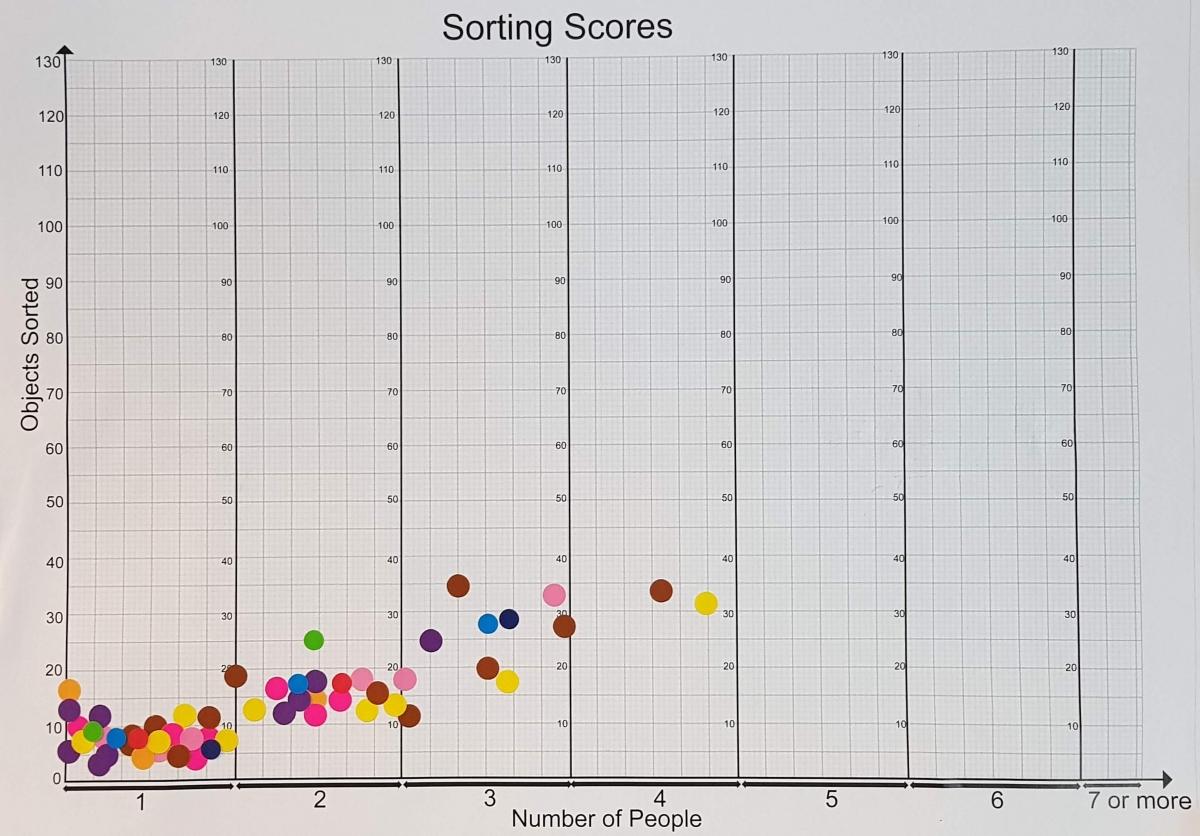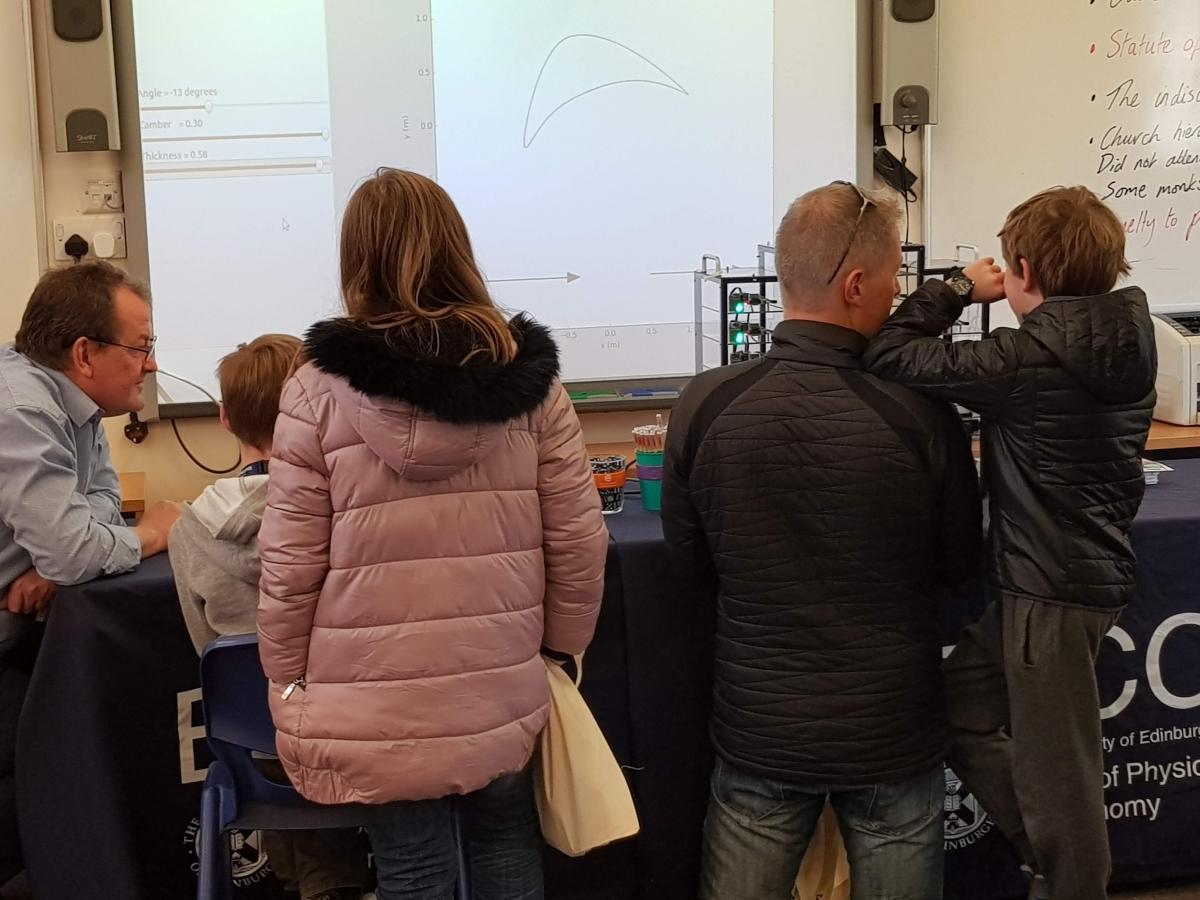Bang Goes the Borders 2018
28 September 2018
While a team of EPCCers were doing outreach in London at New Scientist Live (NSLive) for a second year running, another group of us attended Bang Goes the Borders (BGTB) at St Mary's Primary School in Melrose, which is mostly attended by children aged from 5-12 with their parents. For us this is a relatively local event and this is the eighth year that we been there. It is only a day event but a pretty busy one.
For our BGTB visit this year, old hands Lorna, Fiona and myself were joined by Mark who has not done any outreach before. We took some supercomputer hardware along: boards from a CM-200 (operational from 1991-1996), a Cray T3E board (1996-2001), and an XT4 blade (2009-2011) on loan from Cray that was used in HECToR, the predecessor to ARCHER.
All of these have been operational supercomputers in Edinburgh, some as UK national supercomputing services. Personally, I think the boards are pretty and they show that all a current supercomputer does is throw more resources to solve a problem faster or to enable a bigger problem to be solved. It also nicely illustrates how the whole of the CM-200 would be out performed by a current smart phone.
We used a reduced version of the postal sort: a letter-sorting activity that demonstrates the benefits of sorting being done in parallel. We track the scores to show people how performance scales with increasing numbers of people.

We also had an instance of the Towers of Hanoi to show how to develop an algorithm as you increase the number of blocks and of course our showpiece Wee Archie.

Goody bags were handed to the kids on entry and 814 of these were distributed. I believe that these only went to the kids and not the parents so there would have been 2-3 times more people attending the event. I guesstimate that we must have seen around 200-300 of these. BGTB is a well organised event and good to be involved in. Hopefully, some of the attendees may go on to become the computational scientists of the future.
